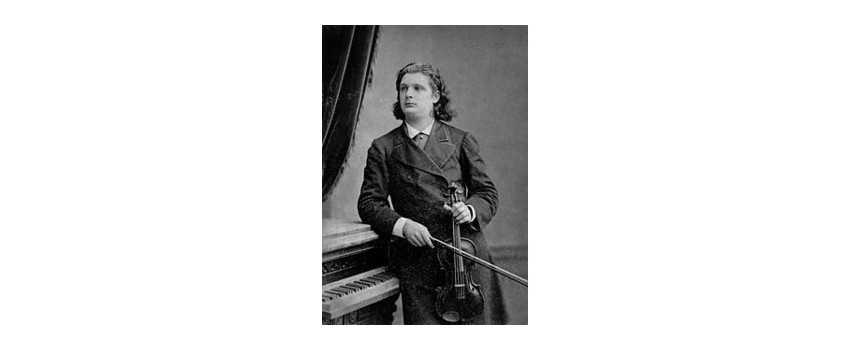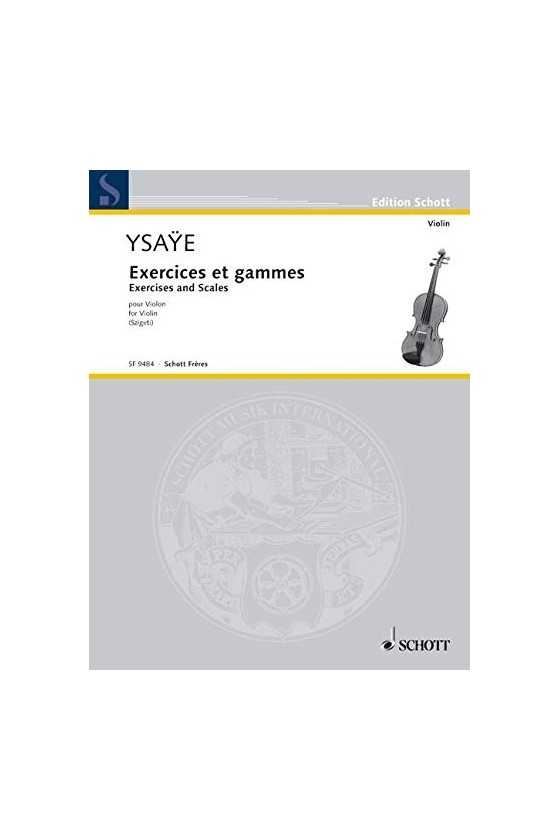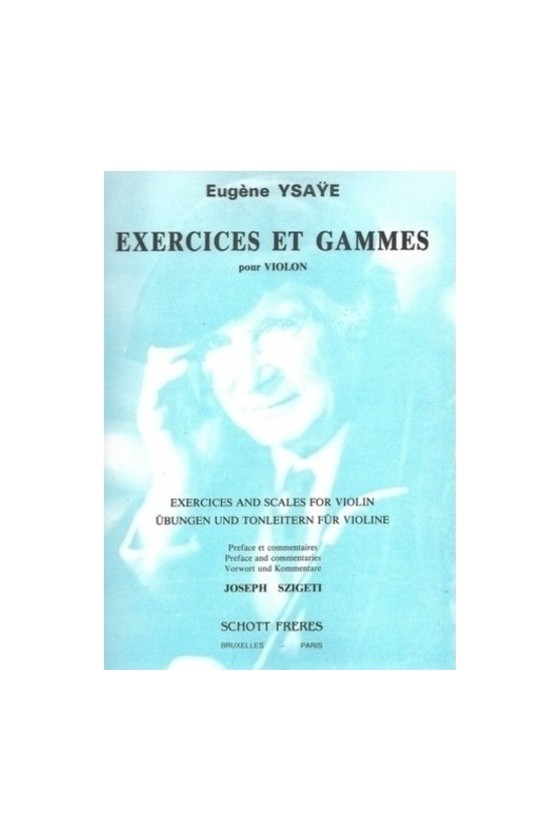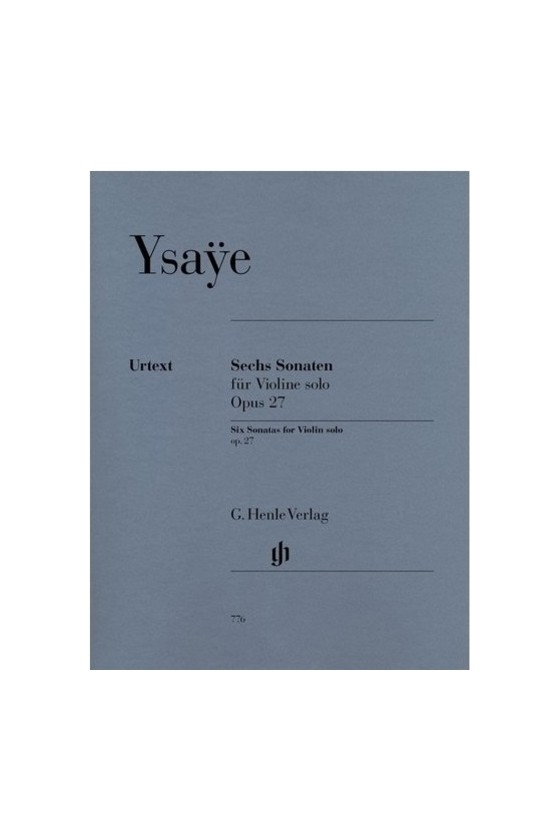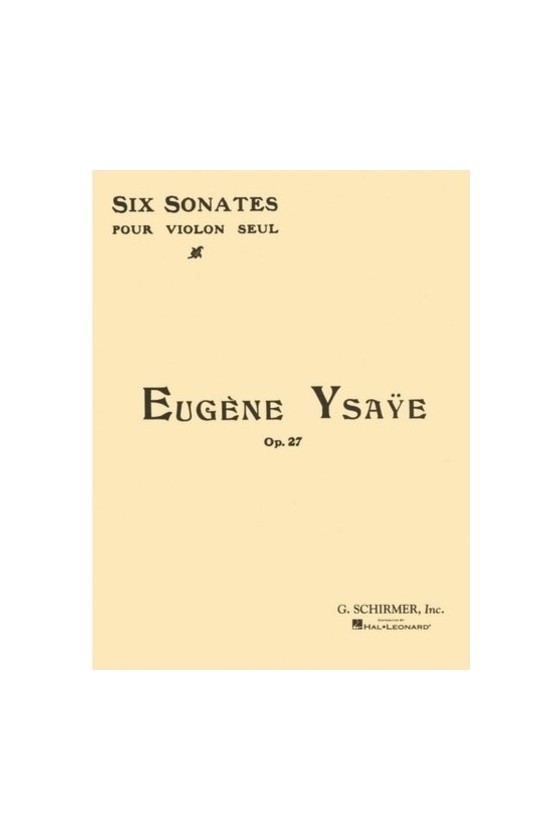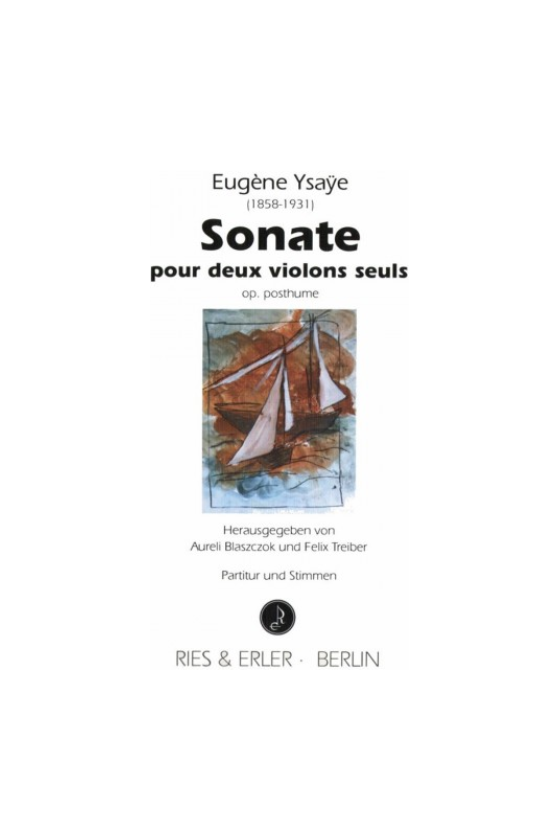Ysaÿe, Eugène
Eugène-Auguste Ysaye (16 July 1858 – 12 May 1931) was a skilled violinist, composer, and conductor who lived in Belgium. He was known as "The King of the Violin" or "the Tsar," as Nathan Milstein said. As his physical difficulties worsened, Ysaye shifted his focus to teaching, conducting, and writing, an early passion. The six Sonatas for Solo Violin, op. 27, the unaccompanied Sonata for Cello, op. 28, one Sonata for Two Violins, eight Poèmes for various instruments (one or two violins, violin, and cello, string quartet, among others) and orchestra (Poème élégiaque, Poème de l'Extase, Chant d'hiver, Poème nocturne, among others), pieces for string orchestra without. In 1898, Ysaye was offered the New York Philharmonic music director, but he declined due to his hectic solo schedule. Instead, he obtained the role of music director with the Cincinnati Symphony Orchestra in 1918, where he served until 1922 and made several recordings.
Finally, in 1931, Eugène Ysaye died in his home in Forêt (Brussels), 48 Avenue Brugmann, from the ravages of diabetes, which had forced the amputation of his left foot. He was buried in the Ixelles Cemetery in Brussels. Ysaye was a captivating and highly original performer. Carl Flesch termed Ysaye "the most amazing and individual violinist I have ever heard in my life." At the same time, Pablo Casals believed he had never heard a violinist play in tune before Ysaye. Ysaye had a big, flexible tone impacted by a wide range of vibrato, from no vibrato to many vibratos. "Don't always vibrate, but always be vibrating," he remarked. In his own words, "nothing that wouldn't have for goal emotion, poetry, heart" was his method of operation. Sir Henry Wood, the conductor, observed, "The tone quality was ravishingly lovely... He seemed to be able to get more color out of a violin than any of his peers." Ysaye's excellent rubato was perhaps the most distinguishing feature of his interpretations. "Whenever he stole time from one note, he diligently paid it back within four bars," according to Sir Henry Wood, allowing his accompanist to keep a precise tempo behind his free cantilena. This type of rubato, by the way, is similar to Frédéric Chopin's rubato. Ysaye was praised for his Bach and Beethoven interpretations while being a superb interpreter of late Romantic and early modern composers — Max Bruch, Camille Saint-Saens, and César Franck, who believed he was their finest interpreter. His technique was excellent and highly refined, and he was the first modern violinist to have a method free of the flaws plaguing older musicians. In his honor, an international violin competition was established in Brussels, which became the violin part of the Queen Elisabeth Music Competition in 1951.
